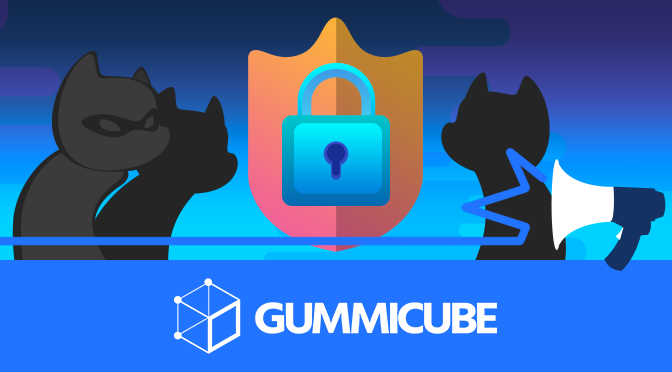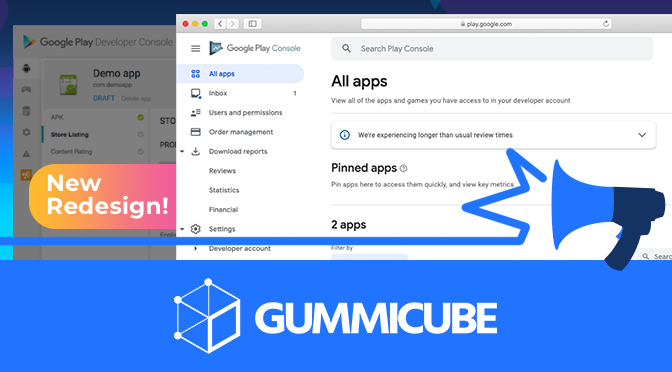
App Store Holiday Schedule 2020
Posted on November 23rd, 2020
When is the App Store Holiday Schedule 2020? Learn about the dates of this year's shutdown and how to prepare.

The recent reveal of iOS 10 means big improvements for users, but it will be even more revolutionary for app developers looking to take their feature set to new heights. Here is a rundown of how these new features will help you make your app more accessible than ever before.
In recent years the iPhone home screen has become cluttered with official apps. Junk apps like iBooks, News, and Tips can finally be deleted, meaning your app will have an easier time finding space – and purpose - on a user’s phone. Up to this point Apple held a sort of monopoly on specific app services, but if and when a user deletes an official app like Weather or Mail it could open the door for superior alternatives. There are already many stock-app alternatives in the App Store, but they’ll have a real chance to shine now that users don’t have to worry about doubling up on install space. Another benefit is that, if users clear up space on their Home screens previously cluttered by junk apps, it could improve engagement for apps that have already been downloaded. TechCrunch notes that many users reserve their last page for “rarely used apps” and “apps that [don’t] readily fit into [a user’s] preferred organizational system.” Now that users can delete many of those apps, the third page may no longer resemble an app graveyard.
With the popularity of emoticons and stickers, it’s no surprise that Apple will finally allow users to access custom emojis without first needing to open the corresponding app. This change is a massive boon to any developer focused on creating content that could be made easier via iMessage integration. The obvious winners are the aforementioned emoji services, as well as gif and message effects apps, but things get really exciting when you start thinking outside the box. Imagine playing an asynchronous multiplayer game within iMessage, paying a friend back for lunch with a simple text, or receiving real-time updates on the location of your Uber as you’re messaging friends. The potential is there, and now it’s down to developers to find new and interesting ways to push the feature. Apple even announced that a dedicated App Store will be available for iMessage. There developers will be able to place all of their newest services for users looking to push the boundaries of the iMessage service.
For the first time, all apps will be able to integrate Siri voice commands into their system. While the effects of this are obvious for chat apps like WhatsApp and WeChat, all sorts of apps stand to benefit from the inclusion. The addition of Siri’s voice commands could simplify search, messaging and more for your users, making the experience faster and more intuitive. For example, a food services app may use Siri to allow customers to ask for upcoming meal specials at all of their followed restaurants without needing to dig into the profile of each one. It will be up to developers to learn both the powers and limitations of Siri, as well as how they can use her to improve their app.
Previously, if an app wanted to update a user on some sort of change, it was forced to send multiple updates, each with new information. These messages could quickly fill up a user’s screen and become confusing to read. This is no longer the case as now your app can update users live in real time. Developers can utilize this new feature to provide recent, relevant content for games, sports scores, transit status, maps and much more. With so many new features rolling out alongside iOS 10, you will be empowered to expand your app like never before. It is in every developer’s best interest to embrace these new tools to create more accessible, flexible and powerful apps for everyone.

When is the App Store Holiday Schedule 2020? Learn about the dates of this year's shutdown and how to prepare.

Apple's App Store Guidelines have strict privacy requirements. Developers now must provide information to users on the App Store listing regarding the data they access.

The Google Play Developer Console has been updated with a new design and adjusted tools. What's different, and how will it impact App Store Optimization?